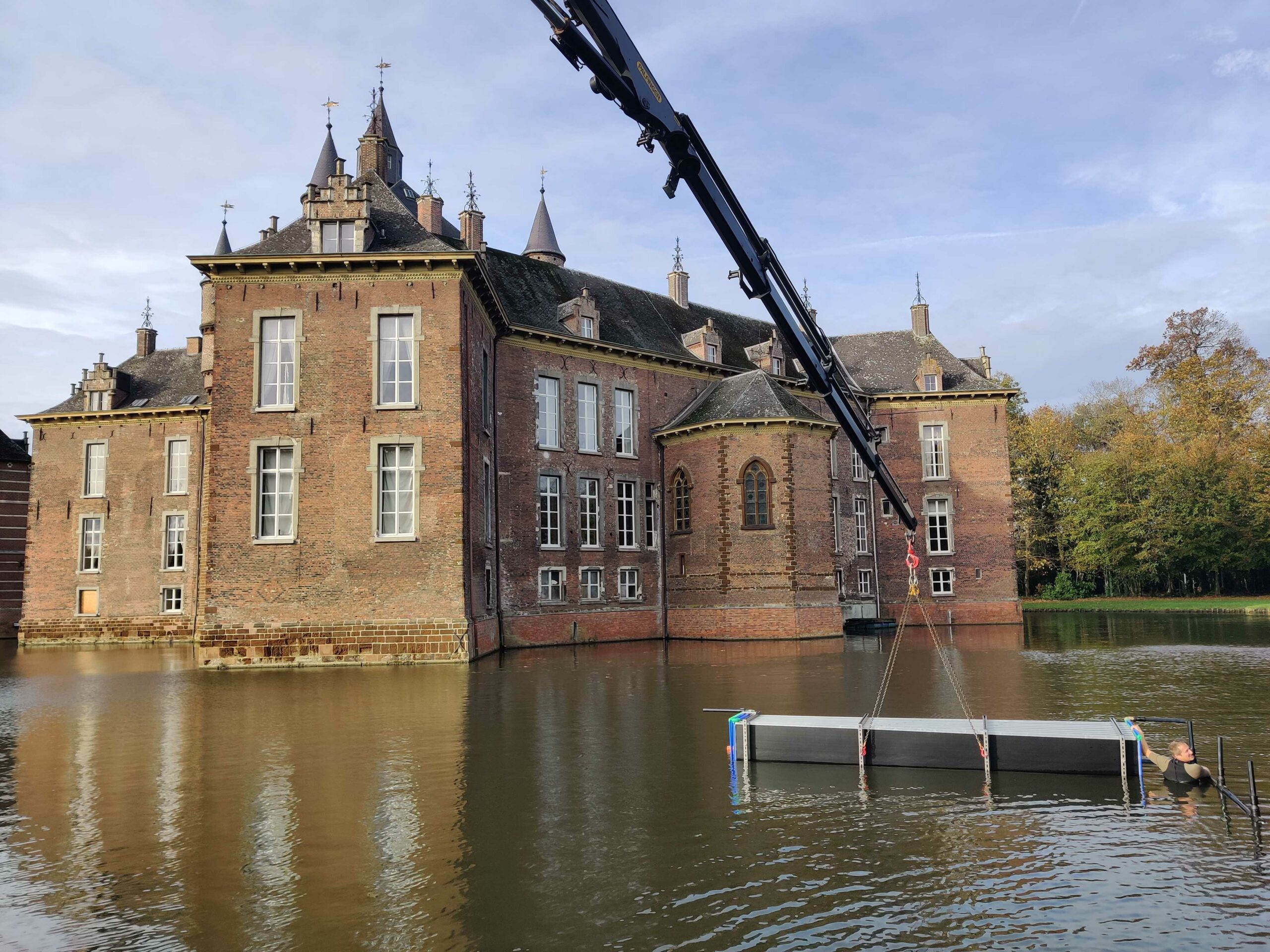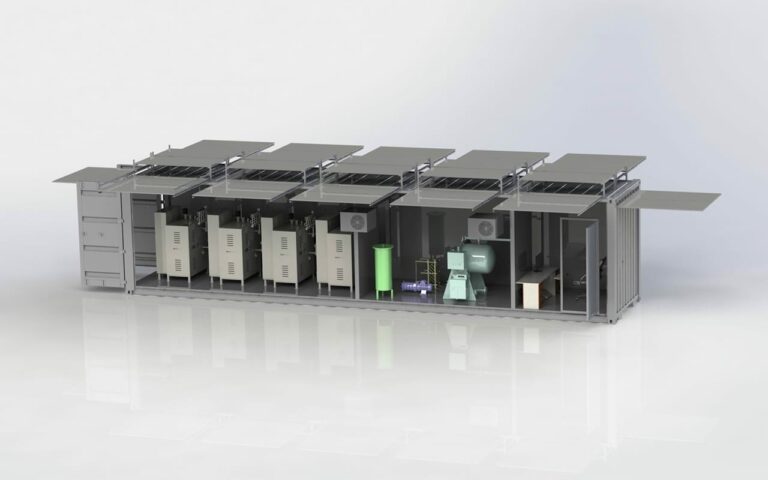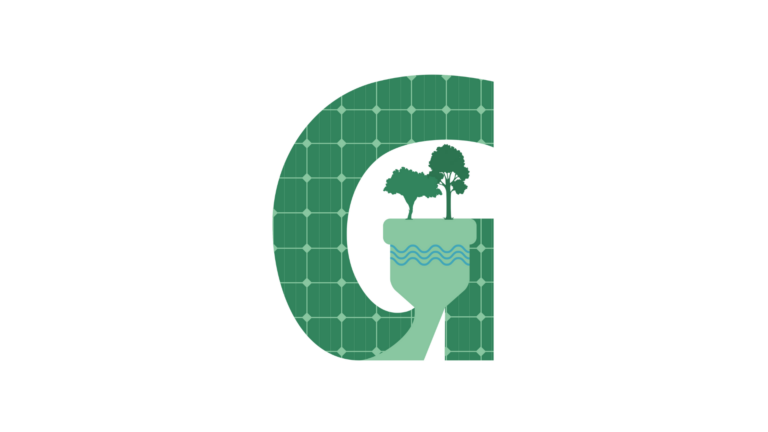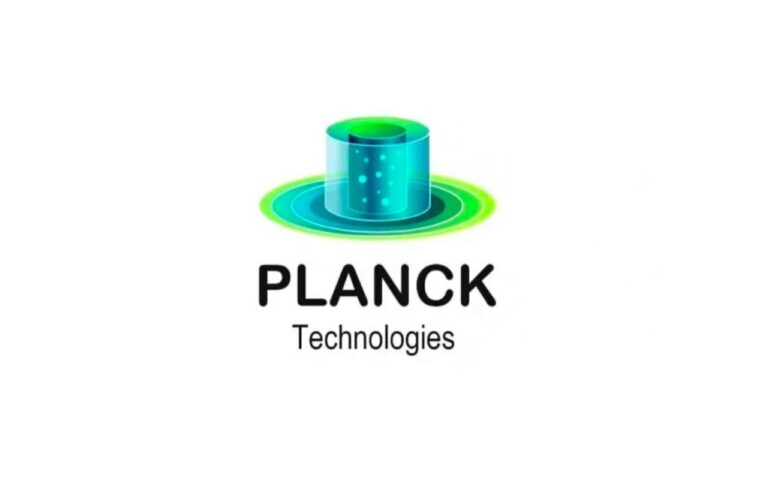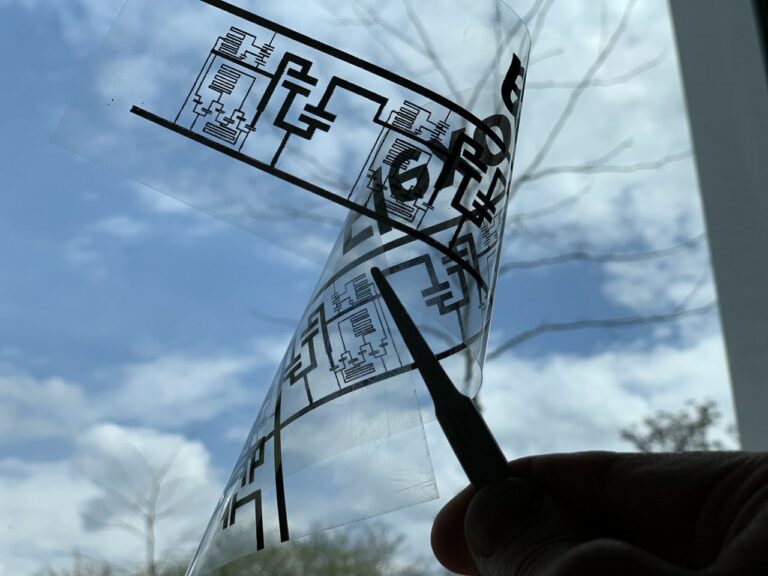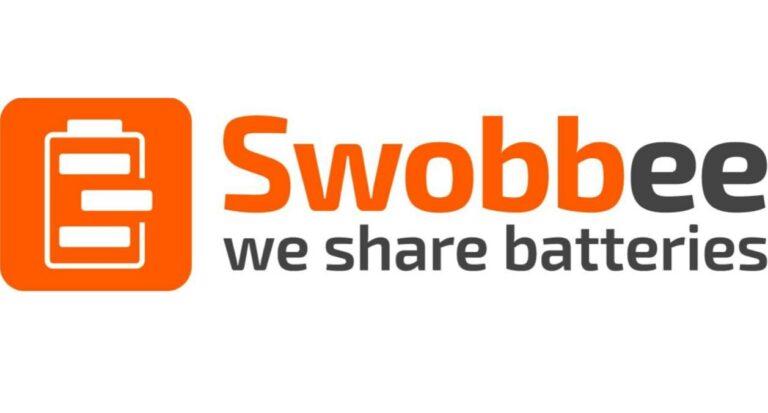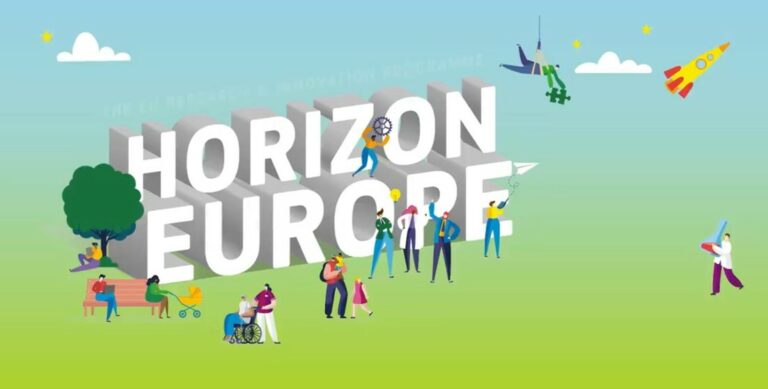EXTRAQT – Revolutionizing the Heating Industry
Discussions about energy usage are becoming increasingly prominent in the eye of climate change. Still, they are also stirred up by international conflicts, such as the war in Ukraine and the ensuing discussion about Europe’s dependence on Russian gas.
The most prominent component of the world’s energy usage is heating and cooling, taking up about half of the total consumption. Heat pumps might be a valuable solution to that problem as they only need 1 kWh of electrical energy to deliver 4 kWh of thermal energy (heat), so this means they get 3 kWh of thermal energy for free which comes from a natural source. Such source can be air, the ground – or water. Water-based heat pumps usually access the groundwater, which requires boring. However, what if we could use the heat of surface water bodies, such as rivers or lakes?
The Belgian startup EXTRAQT offers a solution for using the thermal energy potential of rivers, untapping a potential goldmine of heat energy. Today, we are talking to one of the co-founders Sebastian Baes.
Why did You Start EXTRAQT?
The story started when I sought a topic for my thesis at the Catholic University of Leuven. I was interested in sustainable energy. One of the professors had been researching sustainable solutions for heat pumps – now he was wondering whether we could build a model that can simulate what the potential of a river is as an aquathermal energy source. In other words, we wanted to create a digital twin of a water body, which shows its heating or cooling potential for a city. I decided to write my thesis on that research question and find out what the potential of the vastly available source is; we got some nice results and saw a lot of potential from the model:
For example, by heating the city of Leuven using the river Dyle– the town has 60,000 inhabitants – the total temperature drop would not be critical to the limit imposed by the region of Flanders. The allowed limit by extracting heat or cold from waterbodies is a maximum of 3°C temperature drop or increase. Leuven is already a big city, and we would only cool it down by 1.5°C – so there was still some potential left. Since the thermal capacity of water is vast, you need to extract a lot of heat to reach the limit.
With these promising results, my thesis partner Jan Denayer and y continued our work in a postgraduate at the university after finishing my Master in June 2020. Finally, one year later by July 2021, the two of us together with our thesis co-promotor and lecturer at the KU Leuven Stijn De Jonge decided to found EXTRAQT.
What is Your Business Model?
We are a completely self-providing company through projects and have never had any funding. The equity is still in the hands of the three founders. We were lucky to start with some big projects immediately. Of course, there are some subsidized projects we are working on, such as Interreg calls of the EU or a project in Colombia funded by G-STIC through the Flemish government as development aid.
We are a commercially active consulting company, offering our services to other companies to let them know the potential of the river they want to use for their projects. Right now, we are directly providing feasibility studies to the companies instead of letting them use our models. In the future, once the technique is more known, there will also be more people who want to make their own estimations. At that point, it will be interesting to sell our licensed products, which people can use independently.
In some projects, for example in the castle of the Merode in Westerlo, we also manage the entire project realization. For the installation of the heat pumps, we are working with other companies as our subcontractors.
What are the Advantages of Your Approach?
The heating and cooling sector is responsible for about half of the world’s energy consumption. Heat pumps offer an excellent opportunity to slay those numbers since it only needs 1 kWh of electrical energy to deliver 4 kWh of heat, which means it gets 3 kWh of heat for free from a natural source. They have various heat sources – either air, ground, or water. The usual water-based heat pumps pump up water from the underground, put it through a heat exchanger, and release it back to the underground. This can also be done with surface water – the only difference is that more treatments are needed to filter out dirt and heavier particles. The approach relies on components that are vastly known, so there is no real novelty here. For example, the city of Drammen in Norway already extracts 14 MW of heat from a Fjord for about 10 years.
Additionally, about half of the world’s population lives within 3 kilometers of a freshwater body, giving our approach an enormous potential. We humans have always had the tendency to build close to water bodies because it gave us transportation opportunities and irrigation for agriculture, and water is, of course, an elemental life source itself.
The new thing is that we have yet to learn what the impact of water bodies is. There are also social reasons for that: We do not feel the temperature differences of water, which is 40 to 60 meters in the ground, but when you change the surface water, many people will be concerned about all sorts of potential environmental impacts. We are calculating the temperature impact before extracting energy from the water bodies, which makes it also easier from a regulative point of view. Furthermore, we are working with Flemish water authorities, and we guide them to make better regulations through the results of our simulations.
Speaking of the potential, the results are very positive: The city of Leuven has a peak heat demand of 56 MW, and the city of Mechelen has a peak heat demand of 40 MW. We can heat both by using the relatively small river of Dyle without having a too critical impact on it. The river can deliver 80 MW power on a peak basis and 100,000 MWh yearly – and there are way bigger rivers in Belgium, which we have not fully explored yet.
Which challenges do you face?
The regulatory part is our biggest challenge. Certainly in the past there was a real concern what the impact would be of using aquathermal systems on the ecosystem of rivers and lakes. However due to our modelling we see some changes now in the mindset of the regulatory authorities. They can clearly see that the impact is rather minimal when systems are designed right. We are also working together with the authorities in Flanders to create a first regulatory framework for aquathermal heating.
Another challenge is the level playing field of the technology compared to geothermal systems and air-source heat pumps. At this moment aquathermal systems are not commonly known yet to suppliers which makes it often a ‘new’ and ‘unconventional’ technology, resulting in not wanting to use it because of the lack of knowledge from their side. However, aquathermal are built on weel known technologies/components, it’s just bringing the right components together to make a project work efficiently.
Future Plans
In the city of Antwerp, we are working on a bigger project involving the heating of a couple of apartment buildings, as well as establishing a district heat network for a total of 1,000 people. Furthermore, we are working on software that shows the heating and cooling potential of rivers in detailed interactive maps. Our first potential map is developed for the Belgian province of East-Flanders and also for the country of Colombia. Later, we will also release licensed software, allowing companies to make their own estimations based on our models.
Whom to contact?
Are you feeling inspired by this exciting idea and eager to explore more? Reach out to Sebastian Baes for a delightful discussion, or visit their website at www.extraqt.be to learn more about our product.
